-
Govind Bhawan,Kolkata - 700001
Govind Bhawan,Kolkata - 700001
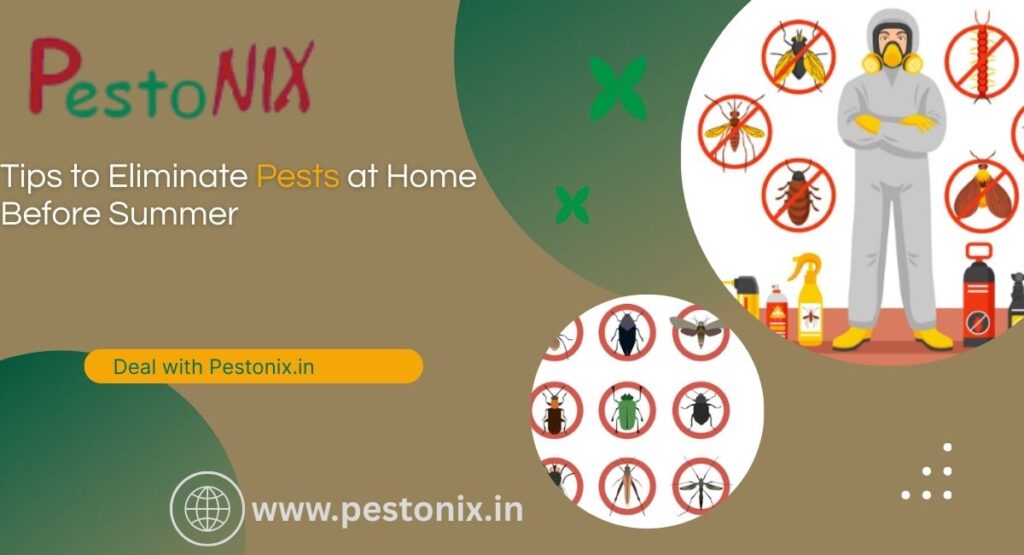
Summer in Kolkata brings warmth, humidity, and unfortunately, a surge in household pests. Whether it’s cockroaches hiding in kitchen corners, termites silently damaging furniture, or mosquitoes invading every room, pest problems tend to spike dramatically during the hot months. Homeowners often search for reliable, long-lasting solutions, and this is where...
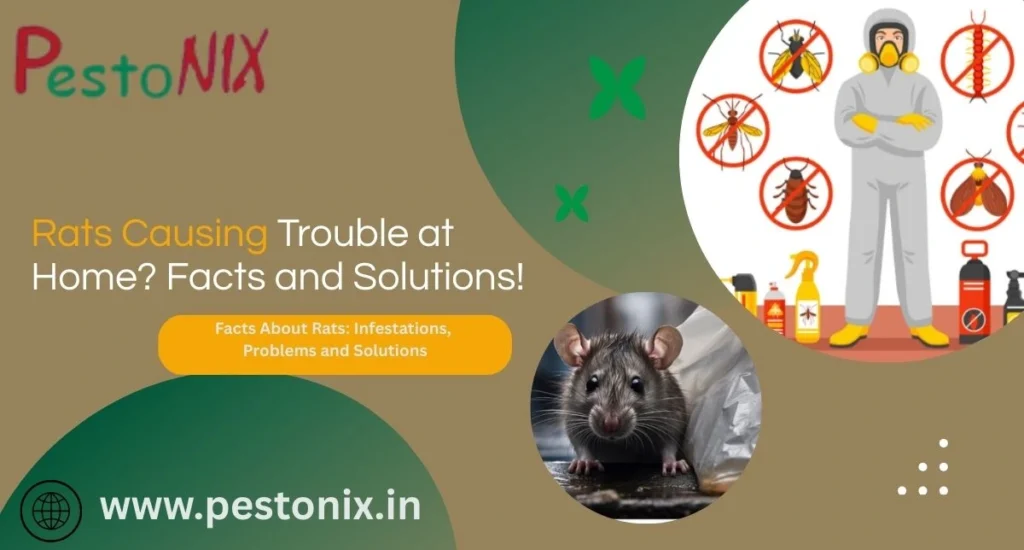
Rat infestations are more common than most people realize, and when rodents invade homes or offices, the damage can be extensive. Choosing the best pest control company in Kolkata becomes crucial for long-term protection, especially when you need safe, reliable, and expert Rodent Extermination in Kolkata. Pestonix, led by seasoned...
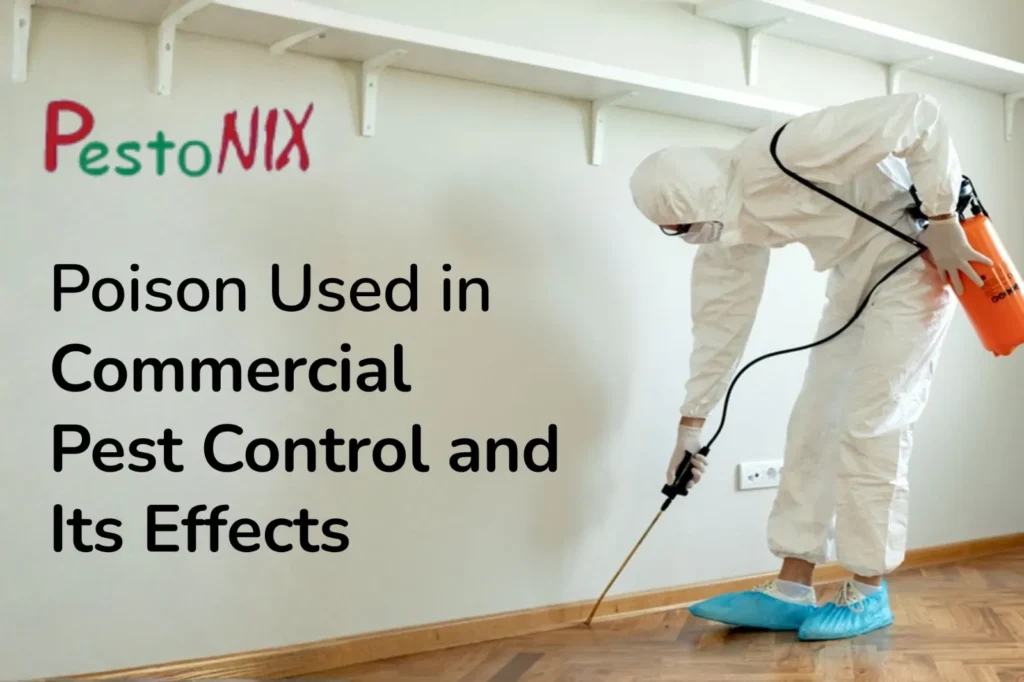
Hello Reader! Welcome to the blog page of Pestonix, one of the best pest control company in Kolkata. Pests can severely damage property, contaminate food, spread diseases, and disrupt business operations. That is why Commercial Pest Control plays a crucial role in maintaining a healthy and hygienic environment in offices,...

Why DIY Termite Control Isn’t as Hard as It Seems? DIY termite control sounds intimidating, but once you understand termite behavior, accessible tools, and step-by-step treatments, you’ll see why homeowners can handle early termite activity effectively. Pestonix provides Professional termite Control service in Kolkata. Why DIY Termite Control Isn’t as...
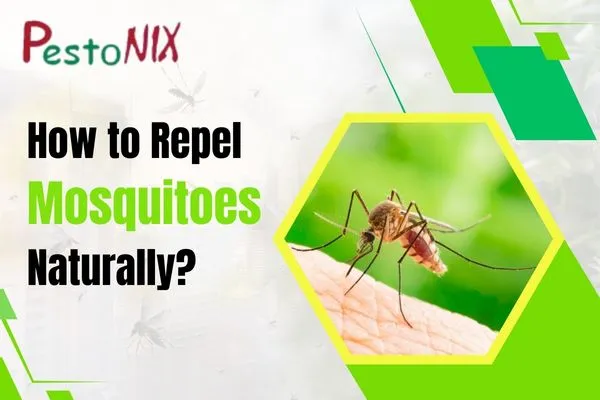
Hello Reader! Welcome to the blog page of Pestonix, one of the best pest control company in Kolkata. Mosquitoes are more than just an irritating presence—they are carriers of dangerous diseases like dengue, malaria, and chikungunya. In a humid city like Kolkata, mosquito infestation increases especially during monsoon and post-monsoon...
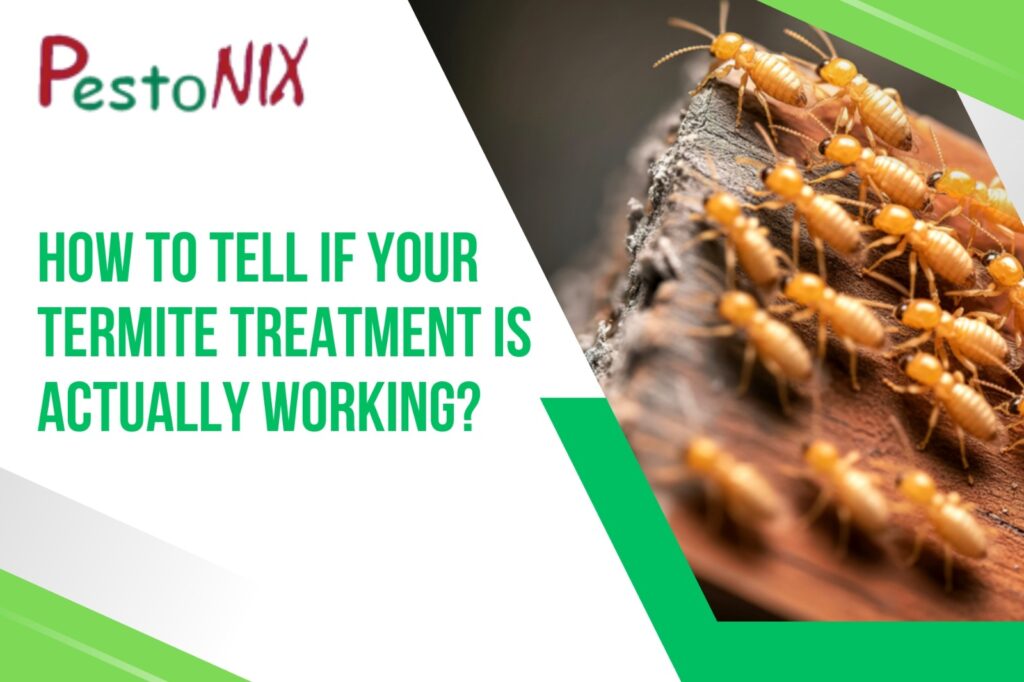
Hello Reader! Welcome to the blog page of Pestonix, one of the best Pest control company in Kolkata. Termites are silent destroyers — they can invade your home and cause structural damage long before you even notice their presence. That’s why timely and effective Termite Treatment is crucial to protect...
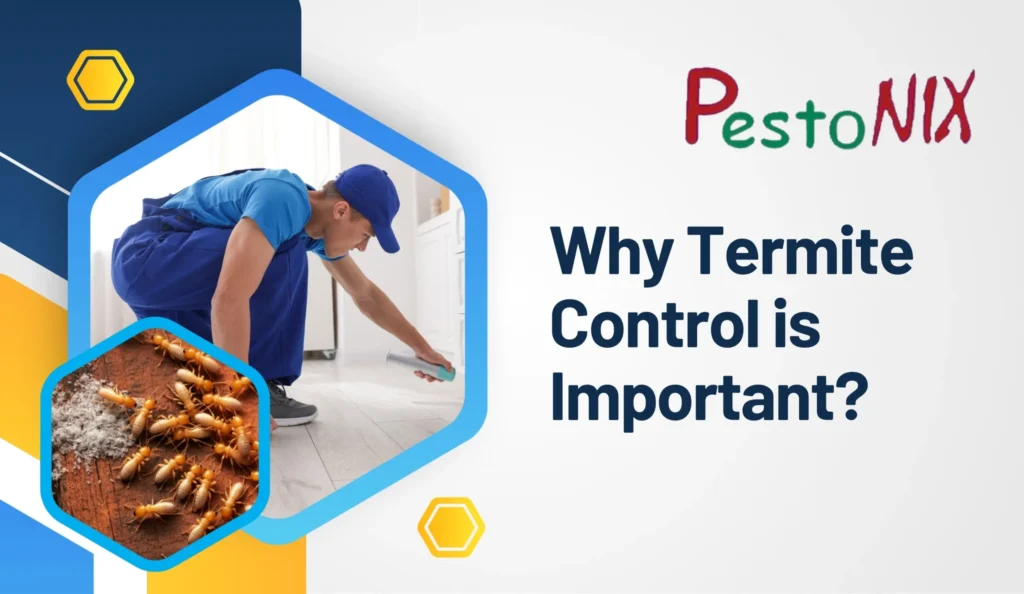
Hello Reader! Welcome to the blog page of Pestonix, one of the best pest control company in Kolkata. When it comes to home maintenance, many people often overlook one silent destroyer — termites. These tiny insects can cause severe damage to your property long before you even realize they are...
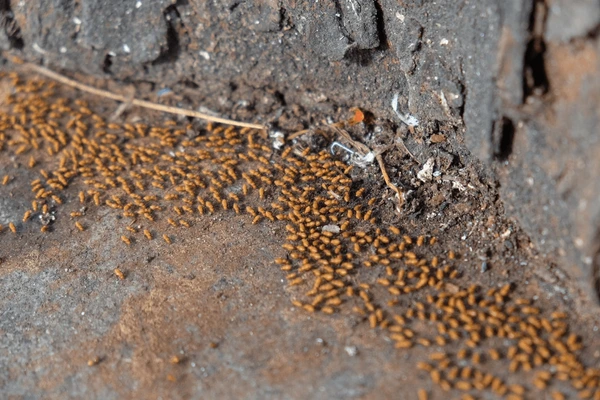
Wondering why the monsoon tends to increase pest problems in your home or workspace? Learn how humidity, warmth, and poor sanitation attract unwanted pests and how timely prevention can help — with insights from a reputed Pest Control Company. The monsoon season brings a refreshing break from the scorching summer...
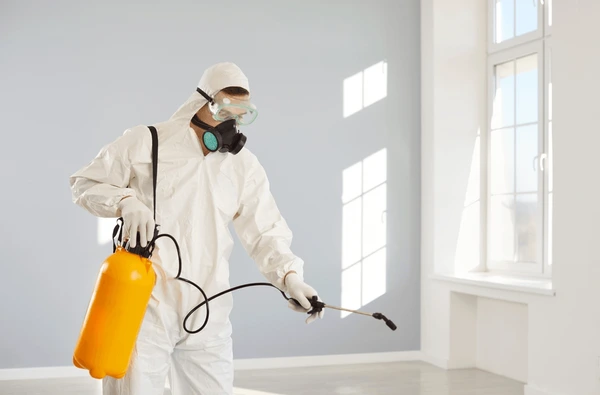
Wondering what to do after pest control treatment? Learn essential safety steps, cleaning tips, and preventive measures from experts at a reputed Pest Control Company to keep your home pest-free and safe for your family. Pest control treatments are an effective way to reclaim your home from unwanted invaders like...
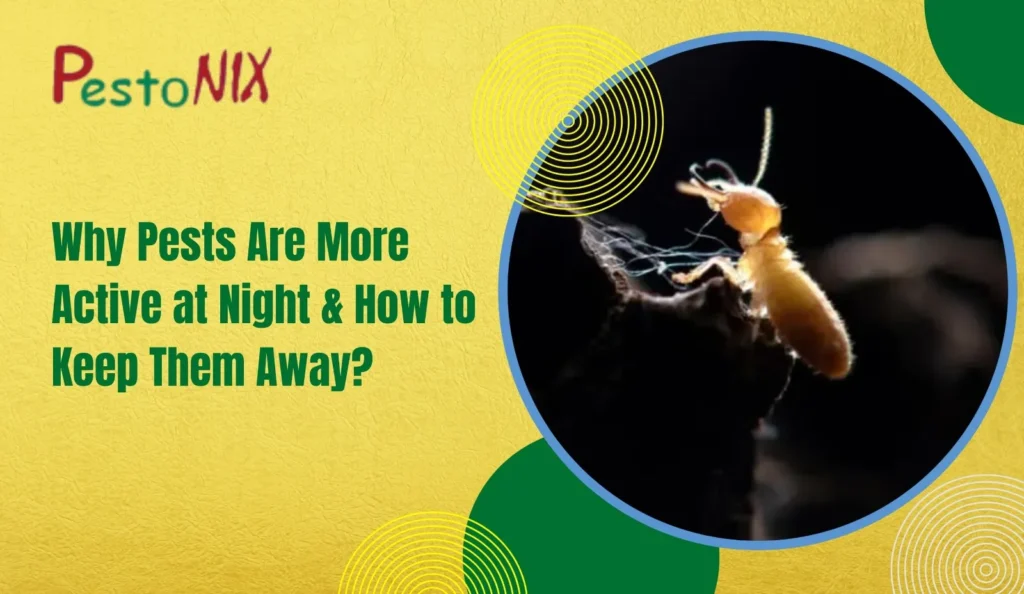
Hello Reader! Welcome to the blog page of Pestonix, one of the best pest control company in Kolkata Have you ever wondered why you hear strange noises or spot creepy crawlies only after the lights go out? It’s not your imagination — pests are more active at night, and there...